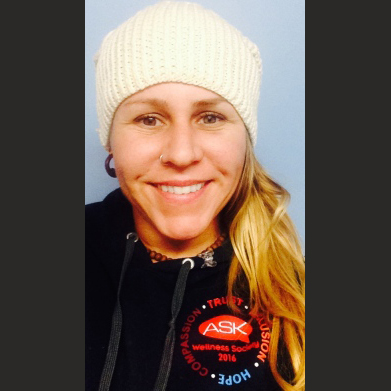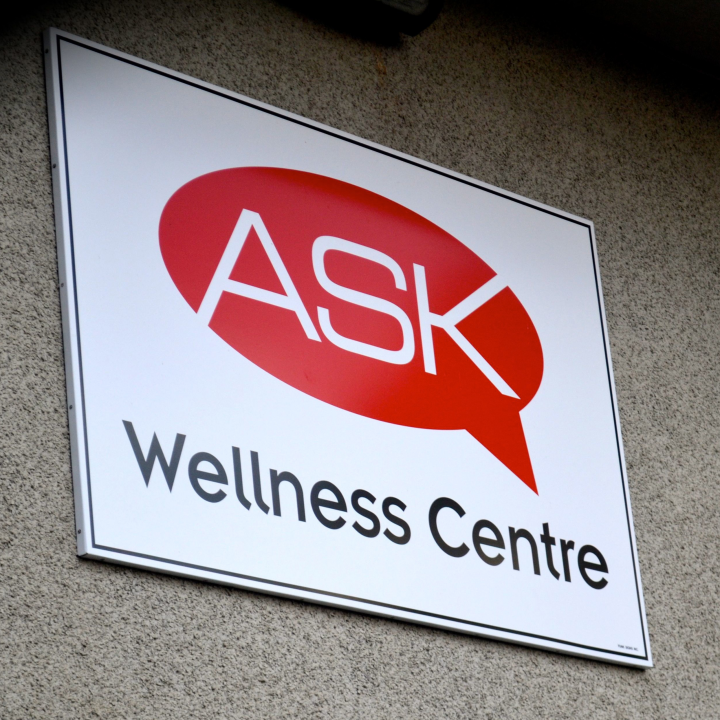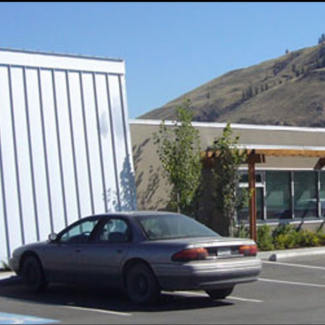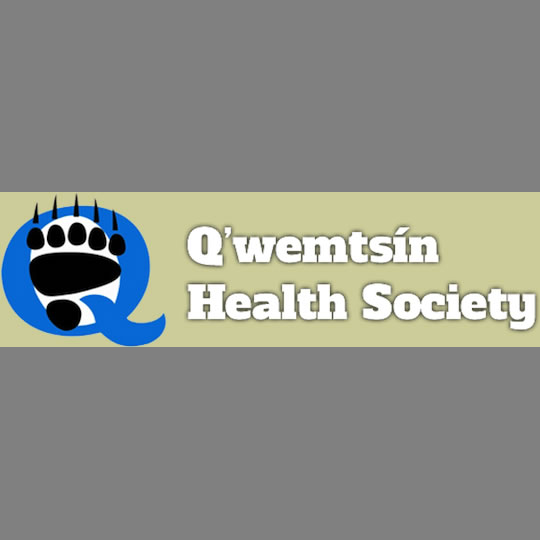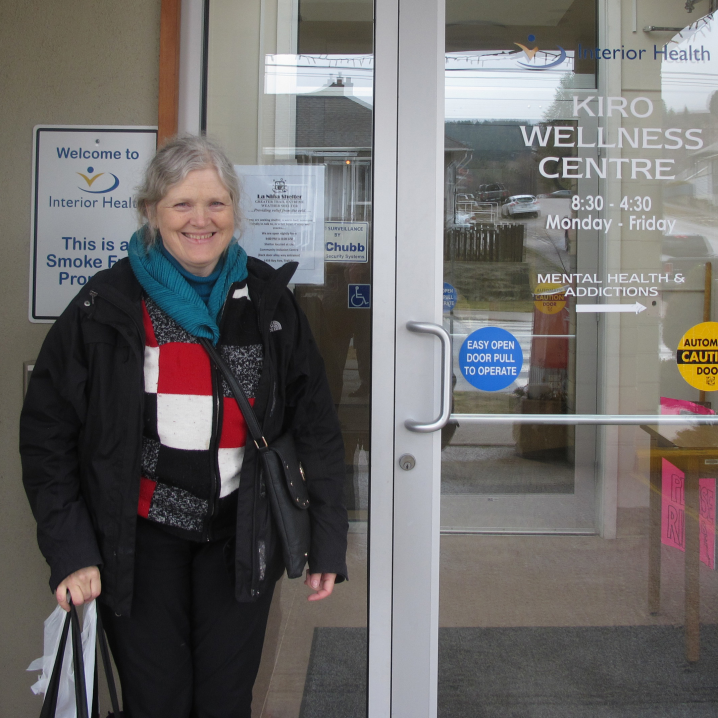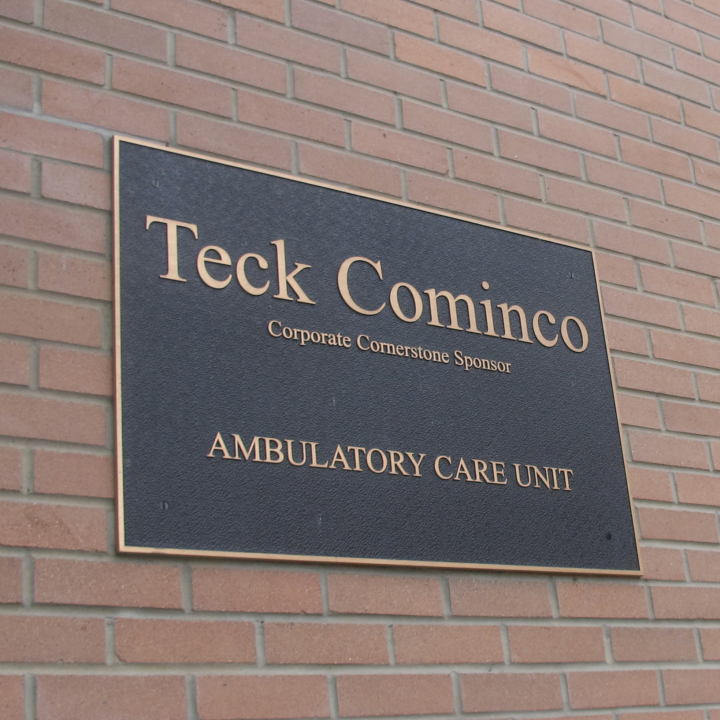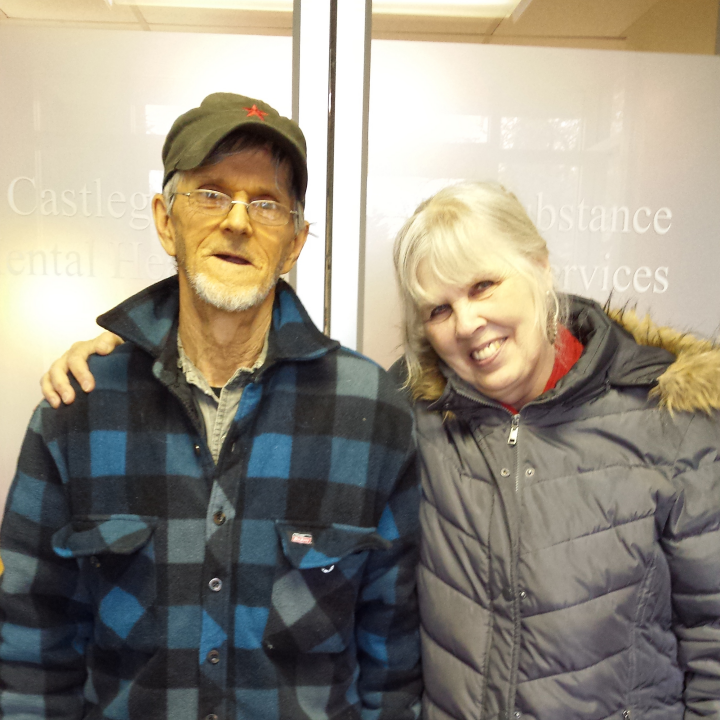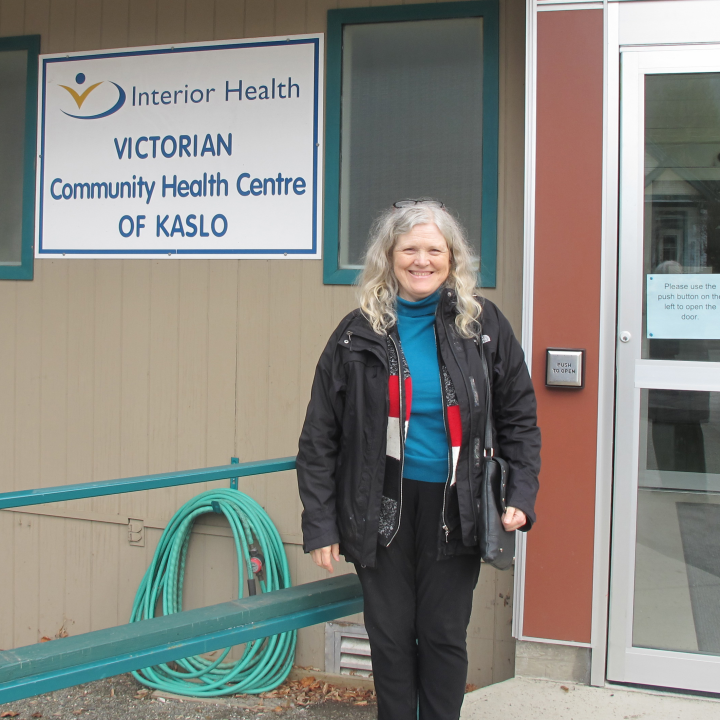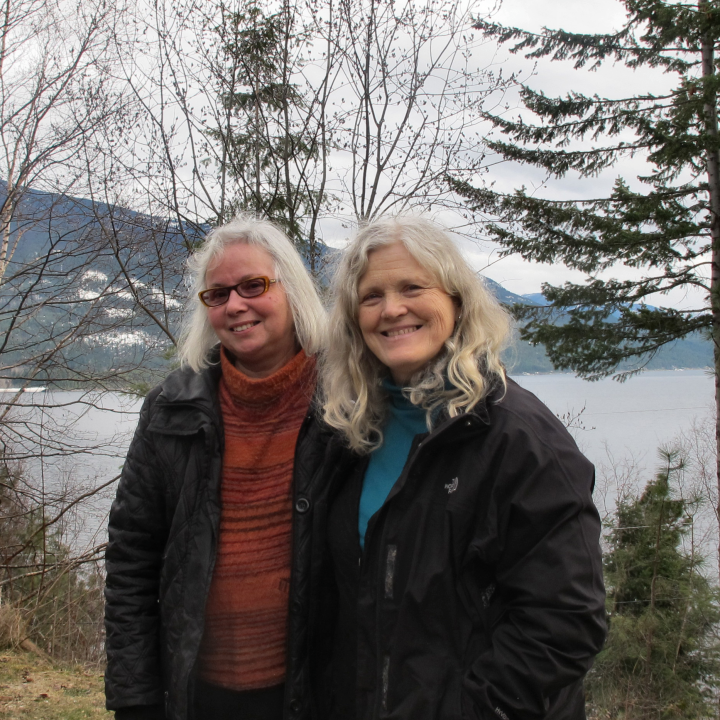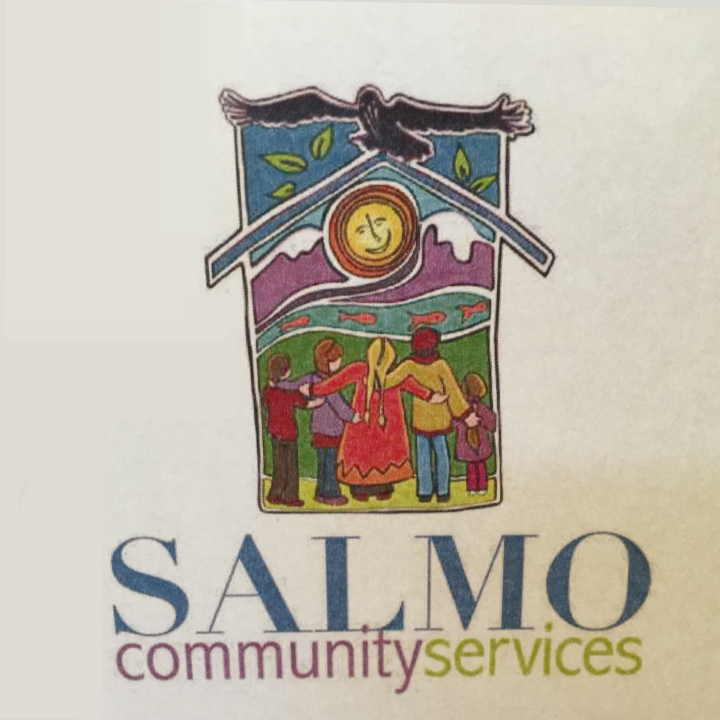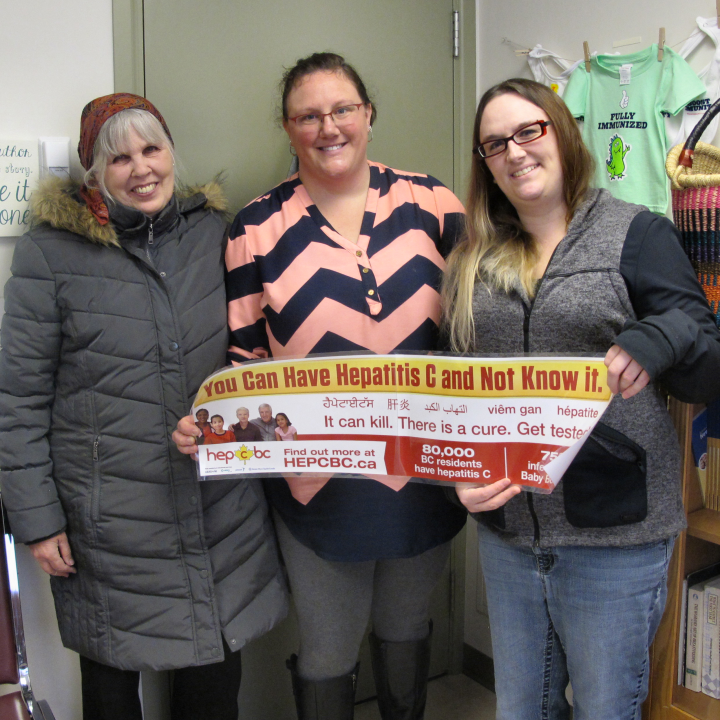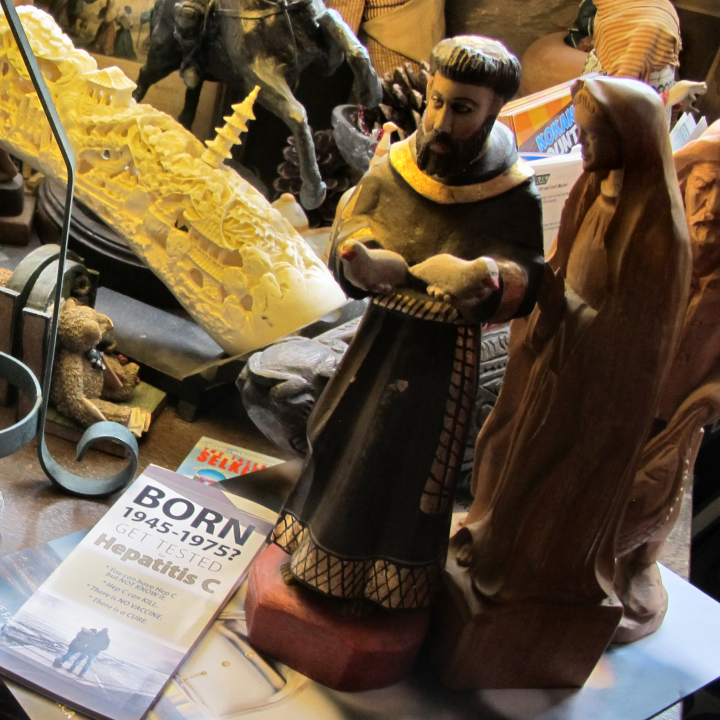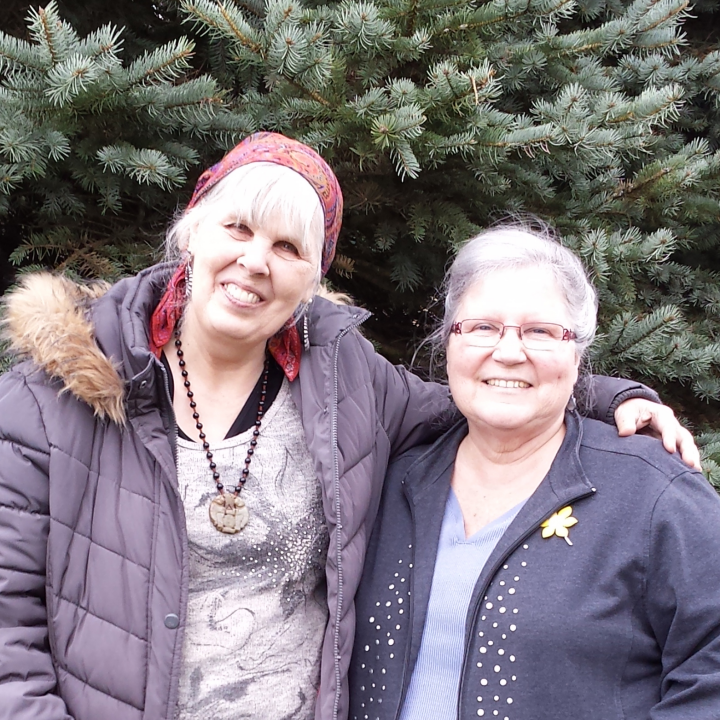This page is an archive. Its content may no longer be accurate and was last updated on the original publication date. It is intended for reference and as a historical record only. For hep C questions, call Help4Hep BC at 1-888-411-7578.
By Rosemary Plummer, RN (President of HepCBC) and Cheryl Reitz, MA (long-time HepCBC volunteer)
Backtracking: Part 1 covered Cheryl Reitz’ solitary March 14-16 Greyhound journey from Vancouver through Lytton, Spences Bridge (Cook’s Ferry First Nation), and Cache Creek (Bonaparte First Nation). Original plan was for Rosemary, who would be traveling by car, to meet Cheryl in Castlegar March 19. However, the weather took quite a turn for the worse. After much consultation, Rosemary eventually decided it would be best to leave her car at an old friend’s home in Abbotsford and take the bus from there. In the end, Cheryl and Rosemary met up at the Greyhound Station in Kelowna on March 18.
Part 2 skipped a bit ahead to the March 20 workshop for Selkirk College student nurses and community members in Castlegar.
Part 3 today regresses a bit to cover Cheryl’s time in Kamloops and the time in Kelowna (March 17-19) just preceding the Castlegar event, and our March 21-23 visits in Castlegar, Trail, Balfour/Ainsworth Hot Springs area, Kaslo, Nelson, Salmo, and Ymir which followed the Selkirk event. We returned via Abbotsford very late in the evening of March 24, and were safely back home March 25.
In Kamloops (afternoon of March 17) Cheryl visited Kira Haug (whose great title is: Harm Reduction Coordinator, “The Travelling Safer Sex Lady,” and Blood-Borne Infections [BBI] Health Navigator – SHOP), and friends at AIDS Society of Kamloops (ASK) Wellness Centre. They all cooked together and shared a hearty, healthy lunch seasoned with much laughter and storytelling; several of the women at the lunch were current or former sex workers who now work with Kira to promote health and wellness among their population (some are paid, some are volunteers). Since HepCBC has recently been collaborating with Victoria and Vancouver sex worker groups, it was inspiring to see the strength and commitment shown by these women not only to improving their own health, but that of other women as well. They appreciated a stack of our new “Born Between 1945 and 1975? Get Tested for Hep C” pamphlets and “DEAL WITH IT” DVD.
Next, Cheryl directed a taxi driver to the Q’wemtsin Health Society/Interior Health clinic (as no buses connect the rest of Kamloops to this somewhat isolated industrial area). Here she met with Family Nurse Practitioner Laura FitzGerald and Medical Office Assistant Sarin Burke. We all had a very intense but productive 10-minute discussion about the new treatments and the likelihood that almost everyone with hep C will be eligible for Pharmacare-covered treatment soon. Meanwhile the patient taxi driver waited outside (he’d agreed to wait 10 minutes max – Cheryl pre-paid him; she would have been stranded at Q’wemtsin had he not waited). Finally, Cheryl visited the Royal Inland Hospital (Kamloops) where she wandered about the corridors asking questions for some time, trying to find the right place to deliver pamphlets, before finally being welcomed into the friendly “Liver Information and Treatment Clinic” of Public Health nurse Marilyn Triggs, a person whom Cheryl had regretted not having had a chance to meet with on her earlier (2013) Outreach trip to Kamloops. Marilyn, who has been in the hepatitis C treatment ‘world’ for many years, is understandably quite excited about the possibility of the new DAA treatments being able to treat a far broader spectrum of her patients, which would not only improve, but save, many lives. It would have been great to have had one more day in Kamloops.
Kelowna (March 18-19) – Kelowna is the home of the Living Positive Resource Centre and the Ki-Low-Na Friendship Society as well as sophisticated healthcare facilities, so is not as much in need of outreach from HepCBC as more rural communities, and because Cheryl was there over the weekend when offices were closed, she took some time off. Besides, she was almost completely out of pamphlets, awaiting Rosemary who would be bringing a new stock of pamphlets in another well-stuffed suitcase. Finally, the two of us met up at the bus depot the afternoon of March 19 and traveled together to Castlegar. We were sorry to have to miss stopping by Rossland.
Castlegar (March 19 and 21 – March 20 was covered in “Part 2”). Sunday afternoon, we were greeted by Robin Tomlin, HepCBC Board Member from Robson (near Castlegar) and his lovely wife, Joan. The next day was the Selkirk College seminar. On Tuesday March 21, we left pamphlets with a very interested, helpful attendant at the Castlegar Community Complex’s Senior Centre, then took the local commuter bus to Trail.
Trail (March 21) – Trail is known as a heavy metal mining “company” town, under the direction of COMINCO. The first thing Cheryl noticed was that its refinery smokestacks no longer emit that overwhelming chemical smell for which it used to be infamous a couple decades back when she had lived nearby. It also struck her as more diverse (both in terms of what is happening in the town and in the population) and “upbeat” in spirit as well. Both Castlegar and Trail now boast a significant Punjabi community and we wished we’d brought some of our CATIE Hep C pamphlets in Punjabi. It was a very rainy day with a biting cold wind, and the bus drop-off that time of day was on the wrong side of town for our itinerary! We braced ourselves, then trekked across the even windier Columbia River bridge (with only one umbrella – which couldn’t be used anyway due to the strong gusts). Once on the other side, we dropped pamphlets off with Jeannine Stefani, Trail lead Health Services Coordinator and Public Health nurse at the KIRO Wellness Centre (Interior Health/Trail Health). Then we walked up the steep hill to the Kootenay Boundary Regional Hospital, meeting with two Clinical Practice Nurse-Educators, Krista Osmond and Kim Brown, who happily took a pamphlet holder full of pamphlets. We were sorry to miss a visit to Trail’s Salvation Army Family Services, but ran out of time as the bus was meeting us at the hospital for the trip back to Castlegar.
Castlegar to Nelson to Balfour to Kaslo (March 22) – Early In the morning, Robin picked us up and drove us to the Castlegar Mental Health Centre where we dropped off lots of pamphlets at the community kitchen. Then he drove us to Nelson where we visited friends (Chloë Sage, Alex Sherstobitoff, and others) at ANKORS. Alex, with whom we’ve cooperated on many occasions as he is on the Board of Pacific Hep C Network, guided us on a tour of their very full and active facility, ready to deal at any moment with the next fentanyl or carfentanil overdose. After this, Robin dropped us off at the downtown Nelson bus stop where we were to catch the bus to Balfour Landing. We would have missed the bus had a friendly stranger not asked us if we were, by chance, heading to Balfour, and when we said yes she helped us move all of our many heavy bags (still filled with the new pamphlets Rosemary had brought) around the corner to the proper stop. She even helped us “old ladies” carry them onto the bus! We were picked up there by a friend of Rosemary’s, Margaret Blake, who drove us to Kaslo. On the way there, we dropped pamphlets off at Balfour’s community store (and lotto centre/liquor agency/post office/rug doctor/video rental place – truly Balfour’s all round local Communications Hub!), the Balfour Superette and associated mini-mall. If you really want to reach people in rural communities, this is the kind of place you need to become familiar with! Their bulletin boards, table and counter tops, and pamphlet holders can be valuable “real estate” for distributing messages about hepatitis C.
Kaslo and Ainsworth (March 22) – Here in this incredibly beautiful community (the snow-covered mountains dropping into the vast blue lake reminded us of Switzerland) we dropped off more pamphlets and had a great visit with Danielle Newson, Public Health Nurse at Kaslo Primary Health Services at the Victorian Community Health Centre which has replaced the historical Victoria Hospital of Kaslo. What does this change in title mean to local people? “Community Health Centres do not have acute care beds, but may provide: basic laboratory and radiology; urgent care; outpatient ambulatory care; community services; long term residential care services; and/or on-site doctors’ offices.” – www.interiorhealth.ca. Clearly access to healthcare in this community can be a challenge, but the healthcare workers we saw here seem very dedicated to doing their best for local patients, including giving them the most up-to-date hepatitis C care. We spent the night being very comfortably billeted by Margaret and her husband Keith at their cozy Airbnb lakeside retreat just north of Ainsworth Hot Springs – what a delight that was!
Nelson (March 23) – We were able to hitch a ride back to Nelson by car with Ron, a tenant of our Ainsworth Airbnb hosts who was headed that way. We met up with three old friends of Cheryl’s for lunch there, one of whom (Adriana Work) drove us to the final two small towns of our trip, Salmo and Ymir, between Nelson and the US border.
Salmo (March 23) – We were lucky to meet up with great people at three stops. First we dropped off pamphlets at the Dragonfly Café, a friendly place on the main highway which takes information like that to share with their clients. They promised to tape it to their window so everyone could read it. Next, we dropped off pamphlets and chatted with Public Health Nurse Pamela Hanson and fourth-year nursing student Cassandra Jenkins at the Salmo Wellness Centre/Interior Health office. Finally, we met Maureen Berk, Executive Director and Administrative Assistant Charlene Bonderoff at the Salmo Community Services Society. All agreed that treating hepatitis C is an important issue in their community, and seemed pleased we had included their little town on our itinerary.
Ymir (March 23) – In tiny Ymir, the (only) notable landmark is the Ymir Hotel, and we went in to say hello, the last “official” stop of our trip. There we spoke with the bartender (this is a true pub where the whole family is welcome (until kid’s bedtime). He was pleased to find out what our mission was, and told us we could go ahead and distribute our pamphlets at the open table in the back, as he said, that’s where people put out messages and pamphlets they want the community to see. So we did.
South Slocan (March 23) – We didn’t return to Nelson; instead Adriana drove us to the lovely homestead in South Slocan which she and her husband Marvin took over from her parents many years ago (now specializing in organic beef and prize peonies). We relaxed and spent the night with these old friends, then they drove us to the Nelson Greyhound depot early the next morning where we were to catch the bus back to Abbotsford and Rosemary’s car.
Abbotsford (March 24) – Getting to Abbotsford was far more challenging than we’d expected. Our bus was several hours late due to another bus we were to connect to being late (the domino effect). Our old friend Kathy Syme picked us up around 11 pm, and drove us to her home. By the time we arrived there, we just wanted to curl up under the featherbed and sleep. We really enjoyed the big breakfast next morning! It was a truly amazing journey. It will take a while to take it all in.
But WAIT!!! What did we LEARN? Mainly we were left with a sense that most BC health workers, even in the hinterlands, now recognize that hepatitis C is becoming a significant threat to public health as the population ages and cases of liver cancer and liver failure are rising. They also have heard that there has been a sea change in hepatitis C treatment which amounts to an actual cure. And they want to do whatever they can to leverage that cure, as soon as they can, in order to prevent liver disease from ravaging their communities. They want to catch people before their disease has advanced too far for the treatment to help them. Because of this, they were very receptive to our GET TESTED/GET TREATED message and our pamphlets which target people with a variety of levels of literacy, interest, and lifestyle. All in all it was “a very successful trip.”
Rosemary: I’ve reflected on what a big province BC is, and the many rural and remote communities HepCBC has visited in our Outreach Roadshows over the last few years. If we put pins on a map, there would be a concentration in some cities such as Prince George and Williams Lake, but also lots of dots representing many far-flung tiny communities. As awareness of Hepatitis C has clearly grown, we encounter less stigma and fear, and more interest wherever we go. However, confusion about the different kinds of liver disease is still out there, and needs to be addressed. Another change that really hit us was the urgency of the rural addictions epidemic, which has spread into even the smallest communities. Because of the increased availability of street drugs, the more seriously addicted individuals are now at even higher risk of both acquiring and spreading blood- borne infections, particularly if they share needles or paraphernalia. This brings the need for harm reduction higher up on the radar screen, and underlines the need for public health services and advocacy groups to step up together to cooperate on joint education and prevention measures. It’s urgent that we stay informed and continue building our support network, rather than taking it easy knowing hepatitis C is curable. Just having a cure is clearly not going to eliminate this disease.
Cheryl: I guess in the back of my mind I’ve always thought, “If only we could bring our message in person to every town, village, band office, health unit in BC…then everyone, even in the tiniest and most remote community who needs it will get tested and treated!” This is only partly true. For one thing, it is impossible to visit all these places. It’s easy to target all of the inner cities of BC’s major metropolitan areas as there are no more than a dozen, and each contains a large number of affected or at-risk individuals residing within a concentrated area. When we ‘target’ BC’s rural/remote communities, we are talking about hundreds of them, and they’re very spread out from one another. Many are impossible to get to except by charter plane, charter boat, or a combination of flight plus bus, rental car, or charter boat; many of these places are, therefore, quite expensive as well as time-consuming to visit. And once we get there, there will only be a handful of affected individuals, like finding a few needles in a very large haystack. “Is it worth it?” a public health policy analyst might ask. I still believe firmly that no life is worth more than another, that there is no community too small or too remote for hepatitis C TESTING, TREATMENT, and CARE, and that everyone in Canada deserves the best healthcare our society can possibly deliver.
However, I’ve come to see Outreach Roadshow trips such as ours more as “fact-finding missions” and “pilot messaging opportunities.” I say “fact-finding mission” in that we are out there taking the pulse, so to speak, of a random few of these tiny communities, and conveying their situations, concerns, and suggestions – as well as any possible new directions they may have discovered – to the larger medical community and policy-makers. I also see these trips as “pilot messaging opportunities” enabling us to see how our message is received, and how it can be improved. We can also see what the infrastructure is, and how the messages we want to send out can best leverage the systems that are now available.
To summarize how the situation I saw on this trip compares to that I’ve seen on past trips to the Interior, or to other parts of the province (particularly northwestern BC):
- The level of knowledge of hepatitis C has risen a lot among the nursing community, and everyone we talked to was 100% on board, ready for action if they are given the go-ahead “policy-wise” that it’s ok to implement age-cohort testing, or to recommend possible new treatment options with infected people who have “fallen in the cracks” over time.
- The public’s knowledge of hepatitis C depends on literacy level and exposure to the media. Many people are still pretty uninformed, but a lot more tell us, “Oh, yes! I saw a segment about that on TV last month.” Very hearteningly, we heard several people tell us they had a friend who was on treatment, or even who had recently been cured. So the message about treatment is starting to get out there.
- As for stigma, it’s still there, but I’ve found people more willing to discuss either their own or a family member’s hepatitis C in public, and that listeners seem more sympathetic and accepting when they do so. It is less “hush-hush” than when we first started doing these trips. Nurses are starting to get the message that it’s not helpful clinically to press patients about how they acquired their hepatitis C; most medical workers now realize there are many possible ways to get it, that there are more former IV drug users than current IVDU, and that treatment of HCV has nothing to do with how the HCV was acquired.
- Almost everyone we have spoken to in rural and remote areas over the last year has been very enthusiastic about the following methods for increasing the number of local people being treated for HCV locally:
(1) using tele-health facilities to connect patients and local caregivers with HCV specialists, and
(2) training and enabling local Primary Care Practitioners (PCPs), even nurse-practitioners, to treat and monitor local HCV patients (unless there is a severe contraindication [such as ESLD], co-morbidity [such as kidney disease] or a severe adverse event which clearly requires the patient to get specialist or hospital care). What is needed is actually just a little support, direction, and training from experts at the top. These initiatives should both save money and save lives, they are no-brainers; let’s do it!
THANKS and ACKNOWLEDGEMENTS: Though we did not have our own car, we did not do this entire trip via Greyhound/city bus/taxi, nor did we have to spend every night in a hotel. We had the help of several old friends who live in the Kootenays and Abbotsford; they not only billeted us in their homes, but also drove us to several of our destinations. We are incredibly grateful for their kindness and generosity! We wish to acknowledge and thank our pharmaceutical sponsors: Gilead Sciences, AbbVie, Merck, and Bristol-Myers Squibb. We also thank for one night’s lodging each: Castlegar’s Sandman Inn (particularly Kyle Burke) and Kemar’s Kootenay Lake Getaway (booking through Airbnb – thanks to Owners Margaret and Keith Blake). We also thank Castlegar’s Safeway, Kootenay Market, and Tommy No-Frills for food contributions to the Selkirk College event. Finally, many, many thanks go to our drivers for so generously contributing their time, car, even refusing to take contributions for gas: Robin Tomlin, Margaret and Keith Blake and their tenant Ron, Adriana Work, and Kathy Syme.
For more information about the trip, contact Cheryl and Rosemary through info@hepcbc.bchep.org or call 250-595-3892. If you’d like to see our YouTube video of the trip when it comes out, be sure to LIKE our new Facebook page, HepCBC, and you will be notified once it’s on YouTube.

